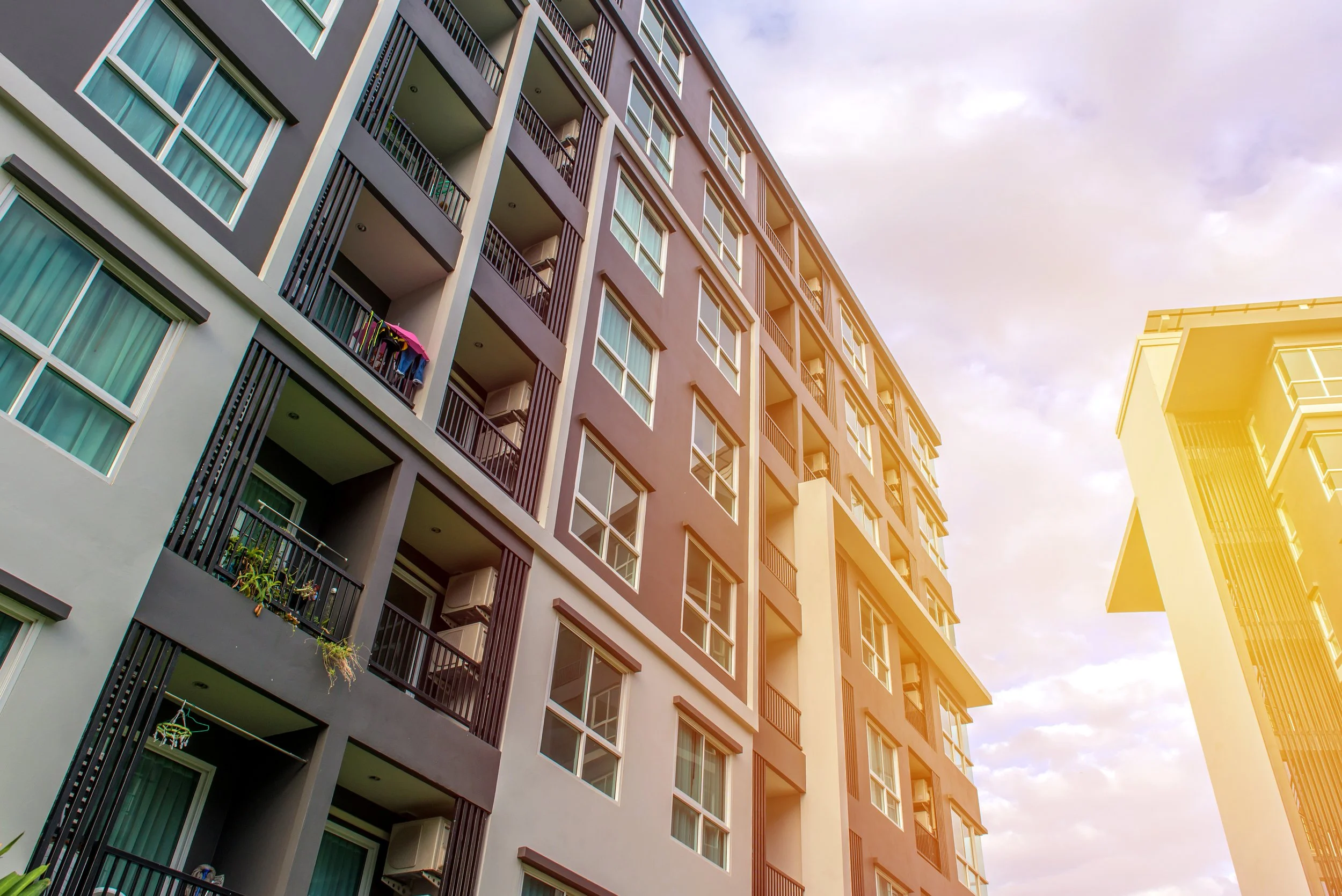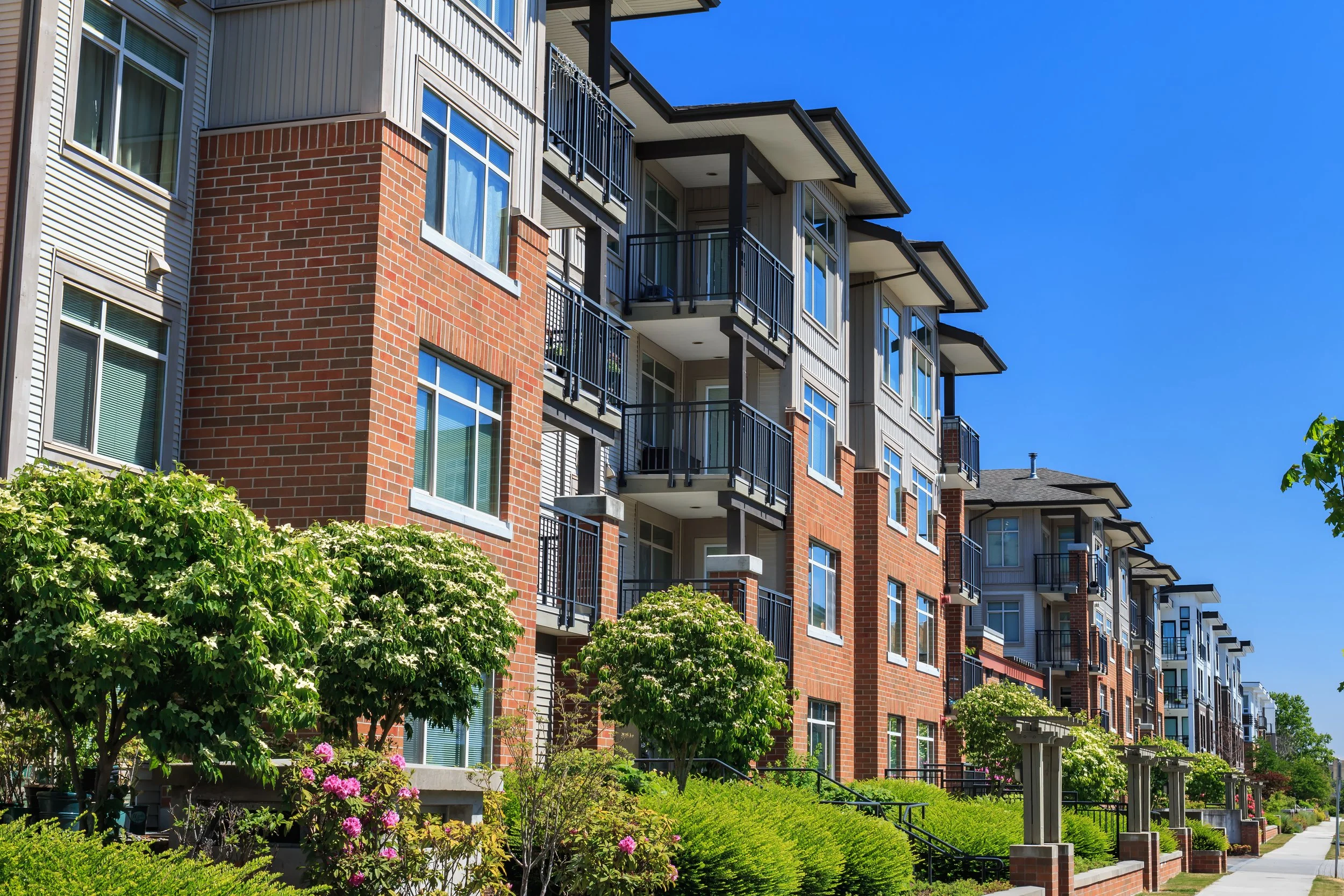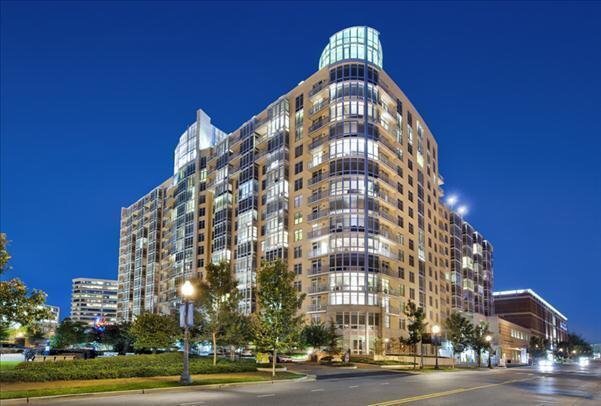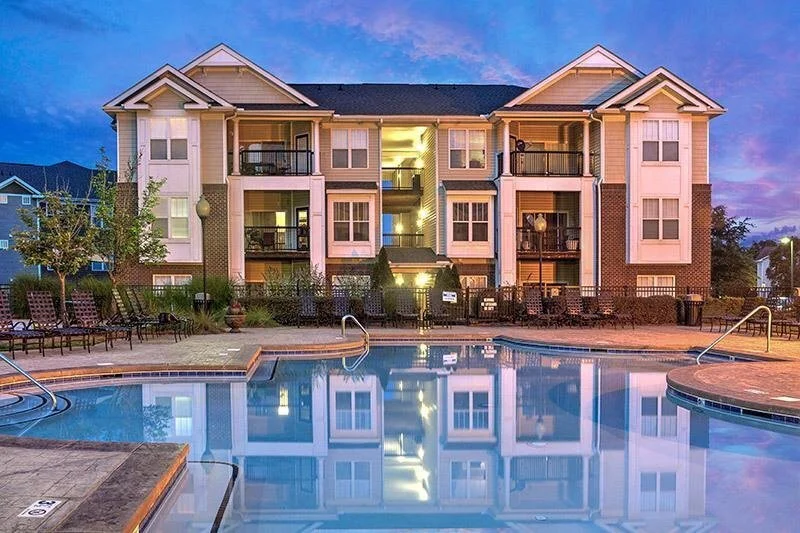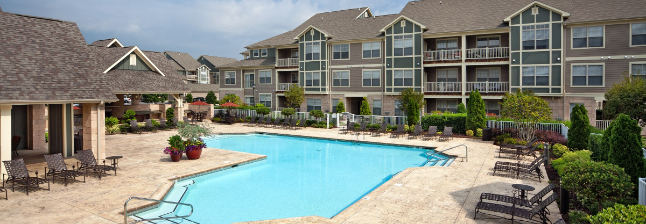Every investor has heard the saying “it’s all about the numbers” when investing in real estate.
Why the Wealthy Put Their Money Into Multifamily & Commercial Real Estate
Are There Still Multifamily Deals Out There (& Should Investors Prepare for a Crash)?
{INFOGRAPHIC} 4 Revenue Management MUST DOs for a Successful Lease-Up
5 Amazing Benefits Multifamily Investments Offer (That Single Family Homes Don’t)
How to Calculate the Value of Multifamily Real Estate
The Real Estate Market: How to Analyze and Predict Cycles | Resident First Focus
The 4 Phases of a Real Estate Cycle (& When to Buy a Multifamily for Maximum Profitability) | Resident First Focus
4 Simple Steps to Increase the Value of Your Multifamily Property | Resident First Focus
This is what I refer to as icing on the cake. You'll still control the asset with no money in the deal, and the property continues to grow cash flow thru NOI generated from Valet Trash Service from NationalDoorstep.com. Owners and Operators consistently earn a Cap Rate of 6-8%. This was all possible from acquiring an asset that was underperforming and then concentrating on raising the NOI.
Why Does the Cap Rate Formula Not Include Debt Service? - Resident First Focus
How to Reposition an Apartment Complex and Add $2,000,000 in Value in 12 Months | Resident First Focus
This Is How Much it Costs to Rent a One-Bedroom Apartment in 50 Major U.S. Cities | Resident First Focus
Four Tips for Managing Renter Expectations - Resident First Focus
3 Tips for Managing a Problem Tenant - Resident First Focus
How to Handle Renter Complaints - Residents First Focus
Happy Independence Day | Five Proactive Ways to Gain Lease Renewals | Resident First Focus
What is the Value of a Single Lease Renewal? - Resident First Focus
Whether you operate a shoe shine stand or a multifamily property your business is built on renewals, or re-occurring income from existing customers. In multifamily, a high percentage renewal rate makes for a much more predictable income stream.
The value of a lease renewal can be quantified. Granted, while different for each property, the amount is one that has a direct impact on asset value, particularly when multiplied by their effect on year-over-year Net Operating Income.
Lower turnover = higher profitability
Focusing on renewals has a significant downstream impact on operations. Each renewal equals one less turnover (make-ready) making the math pretty easy. Use the following math to calculate savings from increases in renewals.
- A) What are the average costs of a single turn or make-ready?
- B) What are the average costs of gaining one renewal?
Cost of A minus the value of B equals direct savings from eliminating a single turnover.
Now let's apply this to a 100 units development that is experiencing 50% turnover versus the same development with 25% turnover.
If the average costs of each turnover is $650, then fifty turnovers per years cost $32,500. Reducing turnover from to 25% from 50% saves $16,250. Thus, expenditures to secure renewals in an amount less than $16,250 generates real savings.
But wait! There's More!
This is just the initial, easy-to-calculate savings. The "real" savings comes from the reduction in days vacant. Each renewal removes turnover expenditures and days vacant for that particular unit.
In our example from above, with turnover reduced to 25% from 50%, assuming that days vacant were 15 days with rents at $900, then the revenue generated from avoiding these days vacate equates to $11,250 (25 units each vacant for two weeks).
Additional costs savings from increases in the renewal rate show up in the form of make-ready overrun cost avoided, the potential necessity of flooring and fixture replacements and appliances.
The next layer of savings comes in the form of management administrative time. Maybe a little more difficult to quantify, but a costs all the same. This includes leasing and make-ready oversight, for example.
Consider the impact on value for properties under your control. What is the increase in property value derived from one additional dollar to net income? Now multiply that times $50,000 or $100,000.


